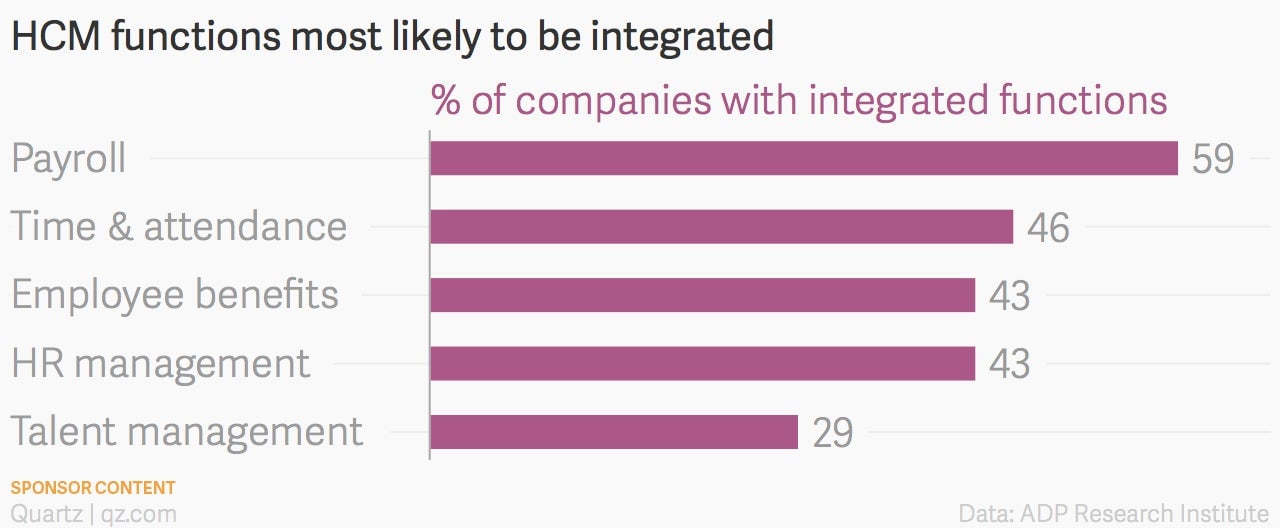How midsized businesses can find competitive advantage
Here’s a pop quiz for all midsized business owners: do you feel well versed in your company’s TCO? If you do, you’re in the minority; only 22 percent of owners have accurately and formally analyzed their company’s Total Cost of Ownership in the past year. (If you don’t even know what TCO is, you’re in another—slight—minority: 42 percent aren’t familiar with the concept.) These considerations are reflected upon in ADP’s “Total Cost of Ownership (TCO): How Midsized Businesses Can Find Competitive Advantage” report.

Here’s a pop quiz for all midsized business owners: do you feel well versed in your company’s TCO? If you do, you’re in the minority; only 22 percent of owners have accurately and formally analyzed their company’s Total Cost of Ownership in the past year. (If you don’t even know what TCO is, you’re in another—slight—minority: 42 percent aren’t familiar with the concept.) These considerations are reflected upon in ADP’s “Total Cost of Ownership (TCO): How Midsized Businesses Can Find Competitive Advantage” report.
ADP believes midsized business owners should and can have a firm grasp on what your “Big Number”—the total amount spent on all direct and indirect employee management—is. That doesn’t mean the ping pong tables and beer taps favored by today’s startups; keeping good employees means spending money on technology, a human resources program, and talent management, on top of the obvious costs for salaries and benefits. Right now, 38 percent of companies are only considering two or three of those factors when evaluating their “Big Number.” Odds are, that’s costing them money.
To better understand TCO, business executives should have a human capital management strategy in place. This begins with a realistic picture into spending on salaries, benefits, talent management, time & attendance, and the systems and processes to support it all. There is an old saying that what gets measured gets attended to, so tapping outside experts for an accurate assessment is recommended. Once that’s in place, owners can put a plan in motion to reduce costs.
When it comes to human capital management, one of the smartest changes a company can make is to integrate all of their human resources tasks. It’s common enough for midsized companies to outsource functions like payroll, benefits administration, HR and talent management, but doing this with several different vendors can lead to glitches in communication and money spent on fixing mistakes. When executives direct all those functions to a single vendor, one PwC study showed a 32 percent bump in cost efficiency (PDF).

It’s imperative that businesses get a plan in place. Studies show again and again that a happy staff makes for a healthy company. Consider the cost of replacing staff that leaves: in a story on human capital science, a recent New York Times article found that for one company, the cost of hiring and replacing employees was about $1,500 a person. Avoiding those costs means more opportunity for your staff. Consider another study: a Wharton School professor found that for some retailers, every dollar of increased wages led to a $10 uptick in the company’s profits. What’s good for your staff is good for the bottom line, and vice versa.
Find out how to make strategic decisions for your business here.
This article was written on behalf of ADP by the Quartz marketing team and not by the Quartz editorial staff.